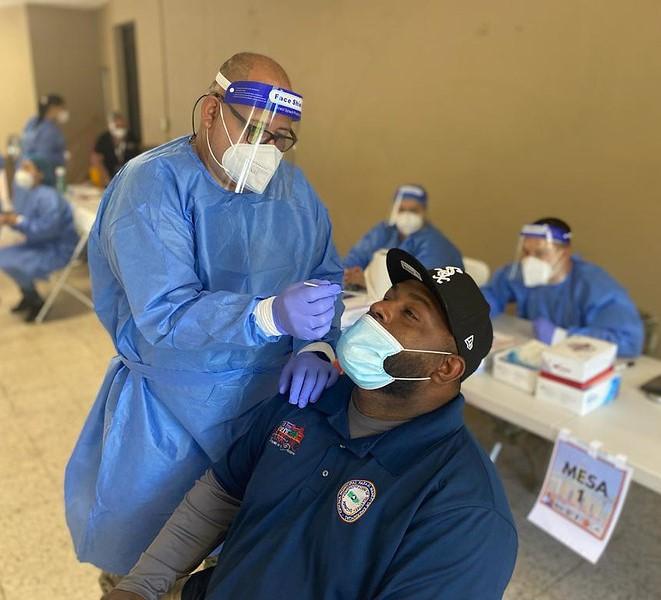Though global COVID-19 cases overall continue to fall, illness levels rose in Africa and the Americas for the second week in a row, led by a trio of Omicron subvariants, the World Health Organization (WHO) said today in its weekly pandemic update.
Numbers show only part of global picture
Cases declined for a sixth week in a row, and deaths are at the lowest level since March 2020. Though the trends are welcome, they don't tell the whole story, Tedros Adhanom Ghebreyesus, PhD, director-general of the WHO, said today at a briefing. He said Omicron subvariants are driving increases in Africa and the Americas.
In Africa, cases were up 31% compared to the week before, and in the Americas, case rose 13%.
In Africa, 12 countries last week saw cases rise by more than 20%, but most of the new infections were reported by South Africa, which saw a 67% increase compared with the previous week. Last week, the country's health officials said the country was experiencing rising proportions of BA.4 and BA.5 subvariants, and they warned that a fifth surge could be under way.
Meanwhile, in the Americas, 22 countries reported weekly rises of 20% or more last week. At a WHO Pan American Health Organization (PAHO) briefing today, officials said cases are increasing in the Caribbean region, Central America, and the United States.
They also warned of rising hospitalizations across the broader region, with 11 countries or territories reporting rises in hospitalization and intensive care unit admissions.
Keeping a close watch on 3 subvariants
The WHO singled out three subvariants that have mutations that affect their behavior. They include BA.4 and BA.5, both of which were first identified by South African scientists, and BA.2.12.1, which was first identified in New York.
The agency added that the number of cases involving the subvariants, as well as the number of countries reporting them, is increasing.
Early signals from South Africa don't show an increased risk of hospitalization from BA.4 and BA.5 when compared to the original Omicron virus, but because of short follow-up of cases, it's too soon tell if infections involving them are more severe, the WHO said.
At today's briefing, Tedros said early data suggest current vaccines protect against severe disease and death. "The best way to protect people remains vaccination, alongside tried and tested public health and social measures," he said, urging countries to vaccinate at least 70% of their populations and to continue sequencing and testing.
In a preprint study this week, Chinese researchers suggest that BA.2.12.1, BA.4, and BA.5 escape antibodies produced by earlier infection with the original Omicron variant (BA.1).
"The BA.4 and BA.5 sub-variants were identified because South Africa is still doing the vital genetic sequencing that many other countries have stopped doing," Tedros said. He also said he is troubled that effective antivirals aren't accessible to low- and middle-income countries, although efforts are under way to negotiate prices and increase availability.
Deaths fall, data reflect India's reporting delays
Overall, deaths declined by 3% last week compared to the week before, but the Southeast Asia region's level was up 69%, mainly due to a delay in reporting from India, the WHO said.
The WHO is preparing to release its estimates for excess COVID-19 deaths tomorrow. Reuters yesterday reported that India has objected to the WHO's methodology and that the country yesterday released its excess death data for 2020.
India experienced a devastating Delta variant surge in the spring of 2021, and some experts estimate the country's death toll could be as high as 4 million, which is eight times more than India has officially reported.
Meanwhile, of the 15,000 deaths reported to the WHO last week, the four countries that reported the most were the United States, Russia, France, and Italy.





















